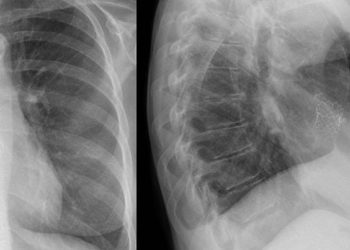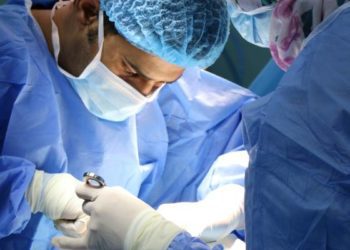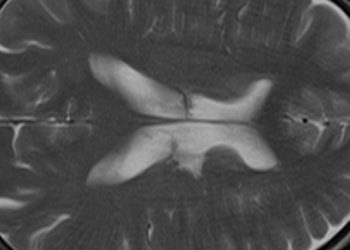Robotic approach to paraesophageal hernia repair associated with positive patient outcomes
1. The use of robotic techniques to repair paraesophageal hernias resulted in low rates of recurrence and had positive patient outcomes at five years.
Evidence Rating Level: 3 (Average)
Since the advent of laparoscopic surgery in the 1980s, morbidity and mortality involving the repair of paraesophageal hernias (PEHs) has dramatically reduced. It is estimated, however, that the rate of recurrence of PEH is as high as 57% at some high-volume centers. Furthermore, PEH repair is one of the more demanding and technically challenging procedures in the foregut; thus, there is room for improvement in outcomes, in this instance with the use of robotic surgery. This prospective cohort study involved 233 patients (mean [SD] age = 67.8 [11.3] years, 66.1% female) who underwent either primary repair or secondary revision of a symptomatic PEH using a robotic surgery approach. Primary outcomes assessed serially over five years included the gastroesophageal reflux disease-health related quality of life questionnaire (GERD-HRQL) score, a standardized symptom questionnaire, and screening for recurrence with an esophagram. Five-year post-operative data were available for 145 (62%) patients. 70% of patients underwent primary repair while 30% underwent secondary revision. It was found that 13 of 145 patients experienced recurrence, with the most common residual symptoms being heartburn (12 of 145), bloating (11 of 145), and regurgitation (8 of 145). Average GERD-HRQL score was found to be significantly reduced when comparing pre-operative to five-year post-operative scores (25.6±8.7 vs. 4.5±1.7, 95% CI 19.7 to 22.5). Furthermore, between the pre-operative and the five-year post-operative cohorts, there were substantial reductions in occasional-to-daily anti-reflux medication usage (63.1% vs 13.8%, OR 0.094, 95% CI 0.054 to 0.161) and symptoms of dysphagia (11.2% vs. 2.8%, OR 0.224, 95% CI 0.076 to 0.652). Overall, this study suggested that robotic repair of PEHs is a safe, well-tolerated procedure with low rates of recurrence, results in a positive lifestyle impact among patients, and may represent a viable alternative to laparoscopic repair.
Click to read the study in JACS
Image: PD
©2020 2 Minute Medicine, Inc. All rights reserved. No works may be reproduced without expressed written consent from 2 Minute Medicine, Inc. Inquire about licensing here. No article should be construed as medical advice and is not intended as such by the authors or by 2 Minute Medicine, Inc.







